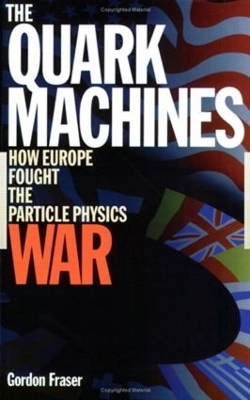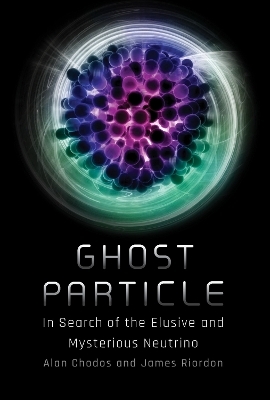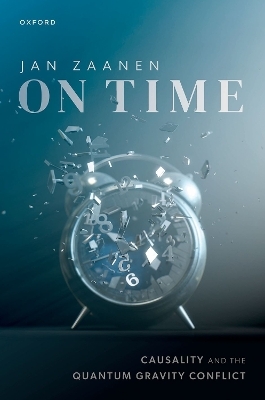
The Quark Machines
How Europe Fought the Particle Physics War, Second Edition
Seiten
1997
|
2nd edition
Institute of Physics Publishing (Verlag)
978-0-7503-0447-4 (ISBN)
Institute of Physics Publishing (Verlag)
978-0-7503-0447-4 (ISBN)
Relating the story of the transatlantic struggle for subnuclear domination, this book covers the history, the politics, and the personalities of particle physics. It sheds light on the sovereignty issues of modern scientific research as well as the insights it has produced.
Relating the story of the transatlantic struggle for subnuclear domination, The Quark Machines: How Europe Fought the Particle Physics War, Second Edition covers the history, the politics, and the personalities of particle physics. Extensively illustrated with many original photographs of the key players in the field, the book sheds new light on the sovereignty issues of modern scientific research as well as the insights it has produced.
Throughout the twentieth century, Europe and the United States have vied for supremacy of subnuclear physics. Initially, the advent of World War II and an enforced exodus of scientific talent from Europe boosted American efforts. Then, buoyed along by the need to develop the bomb and the ensuing distrust of the Cold War, the United States vaulted into a commanding role-a position it retained for almost fifty years. Throughout this period, each new particle accelerator was a major campaign, each new particle a battle won.
With the end of the Cold War, U.S. preeminence evaporated and Europe retook the advantage. Now CERN, for four decades the spearhead of the European fightback, stands as the leading global particle physics center. Today, particle physics is at a turning point in its history-how well Europe retains its advantage remains to be seen.
Relating the story of the transatlantic struggle for subnuclear domination, The Quark Machines: How Europe Fought the Particle Physics War, Second Edition covers the history, the politics, and the personalities of particle physics. Extensively illustrated with many original photographs of the key players in the field, the book sheds new light on the sovereignty issues of modern scientific research as well as the insights it has produced.
Throughout the twentieth century, Europe and the United States have vied for supremacy of subnuclear physics. Initially, the advent of World War II and an enforced exodus of scientific talent from Europe boosted American efforts. Then, buoyed along by the need to develop the bomb and the ensuing distrust of the Cold War, the United States vaulted into a commanding role-a position it retained for almost fifty years. Throughout this period, each new particle accelerator was a major campaign, each new particle a battle won.
With the end of the Cold War, U.S. preeminence evaporated and Europe retook the advantage. Now CERN, for four decades the spearhead of the European fightback, stands as the leading global particle physics center. Today, particle physics is at a turning point in its history-how well Europe retains its advantage remains to be seen.
G Fraser
Glossary; Subnuclear liftoff; Exodus; The storm breaks; The grapes of wrath; All we want is the world's biggest machine! The quark in the box; Glued from the spot; Ideas in collision; Vacuum-packed physics; Physics from AA to z; Armageddon in Texas; Last in a line of rings; Financial give and take
| Erscheint lt. Verlag | 1.1.1997 |
|---|---|
| Zusatzinfo | 49 Illustrations, black and white |
| Verlagsort | London |
| Sprache | englisch |
| Maße | 152 x 229 mm |
| Gewicht | 317 g |
| Themenwelt | Naturwissenschaften ► Physik / Astronomie ► Hochenergiephysik / Teilchenphysik |
| ISBN-10 | 0-7503-0447-2 / 0750304472 |
| ISBN-13 | 978-0-7503-0447-4 / 9780750304474 |
| Zustand | Neuware |
| Informationen gemäß Produktsicherheitsverordnung (GPSR) | |
| Haben Sie eine Frage zum Produkt? |
Mehr entdecken
aus dem Bereich
aus dem Bereich
The Biggest Ideas in the Universe
Buch | Hardcover (2024)
Dutton (Verlag)
CHF 36,15
In Search of the Elusive and Mysterious Neutrino
Buch | Softcover (2024)
MIT Press (Verlag)
CHF 39,95
Causality and the Quantum Gravity Conflict
Buch | Hardcover (2024)
Oxford University Press (Verlag)
CHF 34,90


